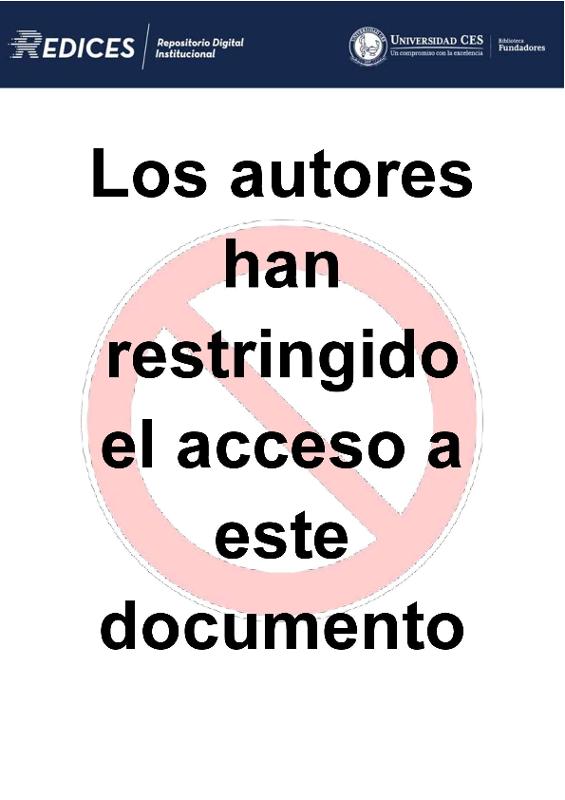Mostrar el registro sencillo del ítem
Neumonía asociada al ventilador y transfusión sanguínea. ¿Existe una verdadera asociación?
| dc.contributor.author | Yepes, David | |
| dc.contributor.author | Gil, Bladimir | |
| dc.contributor.author | Hernández, Olga | |
| dc.contributor.author | Murillo, Rodrigo | |
| dc.contributor.author | González, Marco | |
| dc.contributor.author | Velásquez, Juan Pablo | |
| dc.date.accessioned | 2023-11-09T22:45:31Z | |
| dc.date.available | 2023-11-09T22:45:31Z | |
| dc.date.issued | 2006 | |
| dc.identifier.uri | https://hdl.handle.net/10946/7876 | |
| dc.description.abstract | Anemic syndrome is a frequent problem in intensive care units. The most probable etiology is the suppression of the erythropoietin response due to the direct effects of cytokines, as well as frequent blood sampling. Transfusions are not free of complications, therefore transfusion reactions are estimated to occur in 2% of the total packed red blood cells (pRBCs) transfused. In the past several years, several trials had tried to compare the restrictive with the more liberal use of transfusions, and they were found to be equally effective. Nosocomial pneumonia is the most common nosocomial infection in intensive care units; the prevalence is 47% with an attributive mortality of 33%. There are multiple risk factors for the development of nosocomial pneumonia. Colonization of the upper airways is the most important pathophysiological factor but there are other factors implicated like, sedation techniques, inappropriate use of antibiotics and recumbent positioning. | es_ES |
| dc.language.iso | en | es_ES |
| dc.publisher | Universidad CES | es_ES |
| dc.subject | Anemic | es_ES |
| dc.subject | Syndrome | es_ES |
| dc.subject | Frequent problem | es_ES |
| dc.subject | Etiology | es_ES |
| dc.subject | Cytokines | es_ES |
| dc.subject | Transfusions | es_ES |
| dc.title | Neumonía asociada al ventilador y transfusión sanguínea. ¿Existe una verdadera asociación? | es_ES |
| dc.type | Trabajo de Grado | es_ES |
| dc.rights.accessrights | info:eu-repo/semantics/openAccess | es_ES |
| datacite.rights | http://purl.org/coar/access_right/c_abf2 | es_ES |


